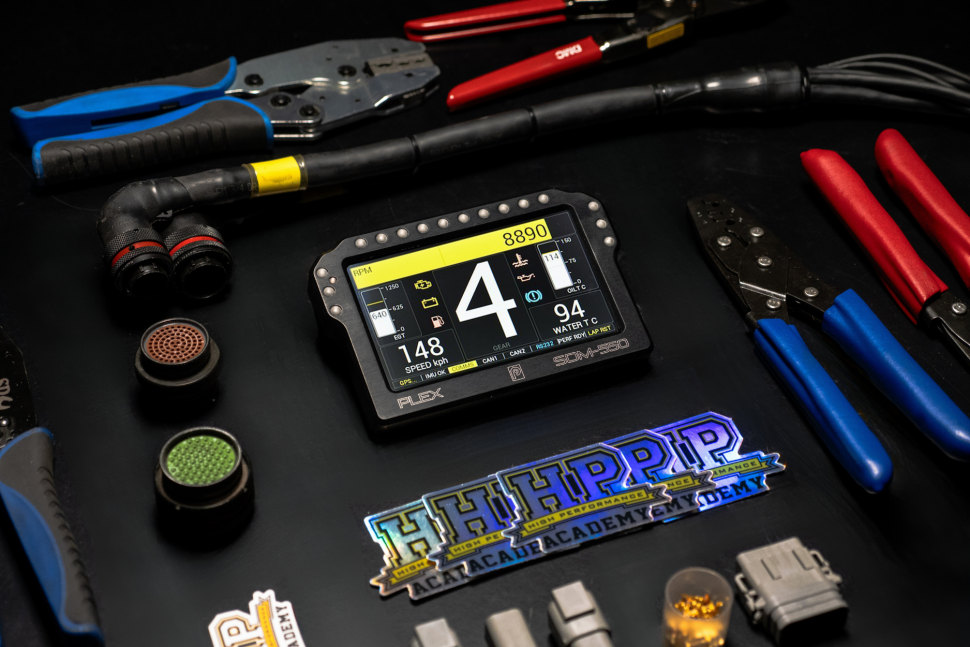MoTeC M1 Software Tutorial: Conventional Millisecond Based Fuel Model
Conventional Millisecond Based Fuel Model
01.53
| 00:00 | In a conventional millisecond based fuel model, the numbers in the main fuel table are directly related to the pulsewidth we are requesting from the injectors. |
| 00:09 | With some ECUs, the numbers in the fuel table will simply be the actual millisecond pulsewidth. |
| 00:15 | In others such as MoTeC’s hundred series ECU, the numbers in the fuel table represent the percentage of the master injector pulsewidth which is known as IJPU. |
| 00:27 | With this type of fuel model, the process starts with the ECU looking at the current load and RPM. |
| 00:34 | The load and RPM input tells the ECU where to look in the efficiency or fuel table. |
| 00:41 | Once the ECU has the number from the efficiency table, it then looks at the master injector pulsewidth or IJPU to calculate the injector pulsewidth. |
| 00:51 | Next the ECU will apply any compensation tables for aspects such as air temperature, coolant temperature or manifold pressure. |
| 01:00 | Lastly the battery compensation table or dead time table is used to correct the required injector pulsewidth and results in the actual pulsewidth delivered to the injectors. |
| 01:13 | One aspect worth noting with this type of fuel model is that we need to influence the shape of the fuel table in order to achieve a richer or leaner air fuel ratio. |
| 01:25 | Just as importantly, if we want to alter the air fuel ratio that the engine is running at, it requires an adjustment to the fuel table which typically means retuning the engine on the dyno. |
| 01:37 | The other aspect of the millisecond based fuel model is that since we are directly requesting a specific pulsewidth from the fuel injectors, if we change injectors or even alter the fuel pressure, the fuel table will need to be retuned. |





